Genre: Platform Developer: Sega of Japan Publisher: Sega Europe Players: 1 Released: 1991
A long, long time ago, in a town called Heteren, which lay in Gelderland on a piece of clay called Holland, there was a 13-year-old boy who owned a Master System and played video games on it when he had some time. That boy was me. I saved my allowance and birthday money to buy a game called Astérix for it for 140 Guilders (that’s €65 now, or just over $71). I had bought the system for Ghostbusters, not knowing that what I had seen on TV was the 16-bit version, and not the 8-bit version. I thought they were the same game but ended up being bitterly disappointed. After saving for an entire year, my big sister drove me to the electronics store Bart Smit to buy another game. Seeing all those games for sale made it hard to pick one, even with my sister’s help. She eventually showed me a game called Astérix. I really liked the comic book series, so I put my 140 Guilders on the counter, hoping that this one was better then Ghostbusters. At home, I popped it in and played it, heard the tunes, saw the graphics, and yes, I fell in love with it. In my eyes, it was a great game.
Astérix is your standard 2D platformer but with great tunes and good gameplay. The story centers on the Gaul hero Astérix and his friend Obleix, who have to save their kidnapped druid friend, Panoramix. The levels are representative of the kinds of locations that the characters visited in the comics, such as the woods they live in, Egypt, Rome, Germany, and more. Depending on which character is used, the levels are different There are also many secret chambers to be found in each stage by walking through walls or going under or above the level. Enemies are Romans disguised as bushes, walking trees, snowman, and more. After each round, and if you have collected 30 bones, Idefix comes to play a bonus game called “Pop the Waterbells.” It’s a fun game that gets more difficult the further you get. After each game world is completed, players are treated to a cut scene depicting the two heroes along their journey to save Panoramix.
Gameplay is easy, and lives are plentiful. Health can be found everywhere, but that’s not a problem because there is a lot to do and explore in each level. Players use Asterix in the first round and Obelix in the second, but they can choose which one they want to use in subsequent stages. Astérix uses his potions to break the blocks or blow away enemy Romans. He also can punch, and this can be charged by holding the punch button down. Obelix just uses his body to destroy blocks and Romans. He doesn’t need the potions to break blocks, but he can create fountains on the water to stand on.
The presentation in Astérix stands out among 8-bit titles. Graphically, it’s bright and full of color. Everything looks great for a 8-bit release, and the game is probably one of the best-looking on the Master System. Enemies and are detailed, and the look of each stage is varied enough to keep things from getting repetitive. The music is catchy and charming, written by Takayuki Nakamura, the same composer who would score Virtua Fighter.
Overall, I feel that Astérix is one of the best games on the Master System and worthy of a ten. It’s not perfect, but it absolutely does everything it sets out to do in stellar fashion. Astérix creators Albert Uderzo and René Goscinny can be proud that Sega delivered the goods for a quality game that truly honors the license.
SCORE: 10 out of 10

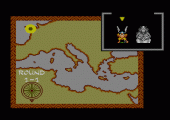
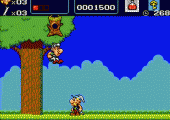
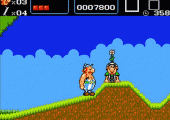
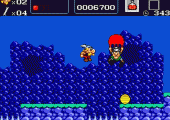
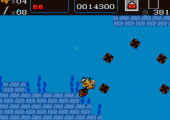
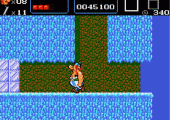
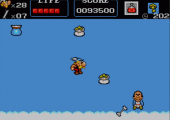
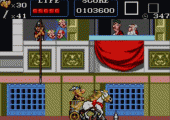

Recent Comments